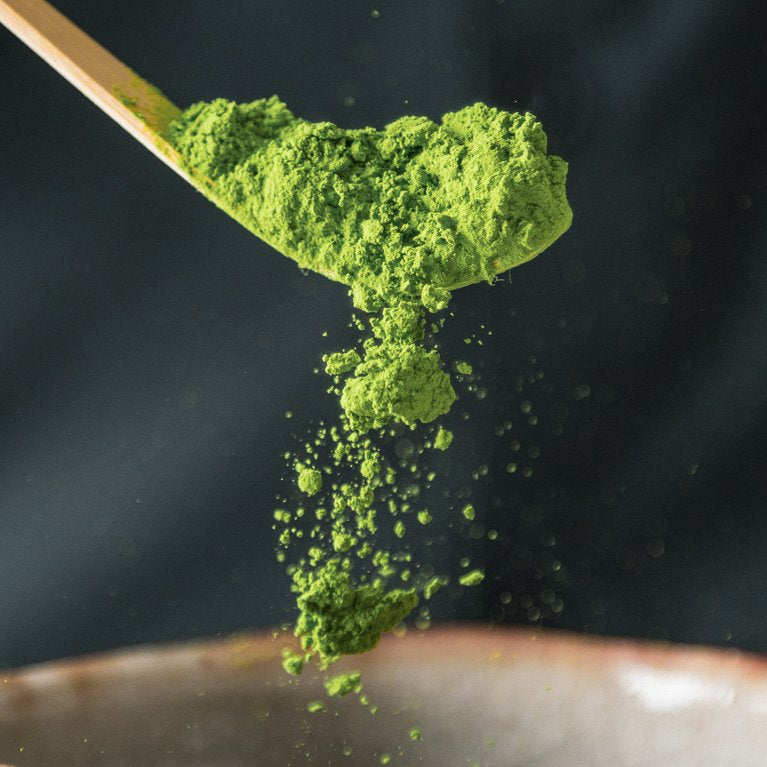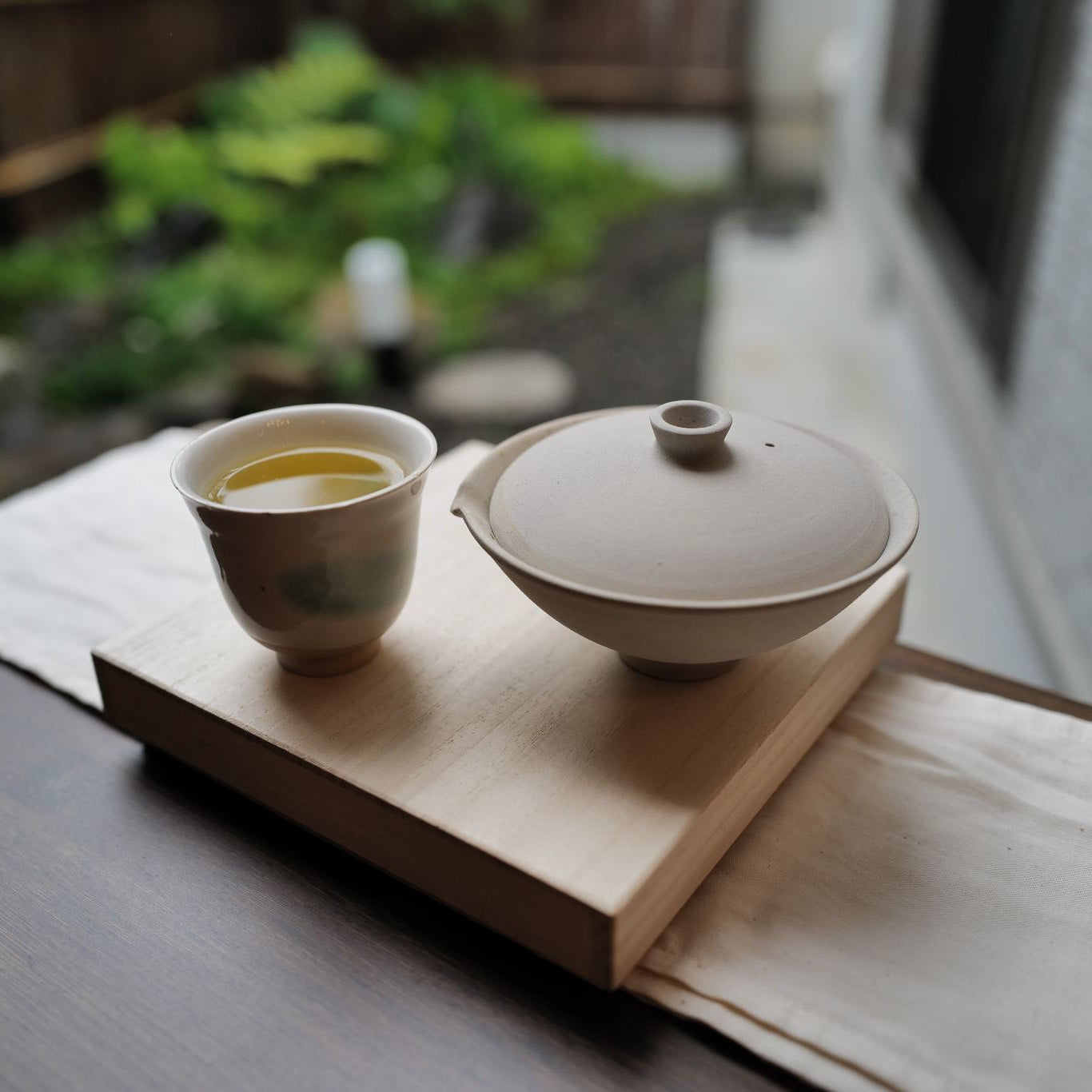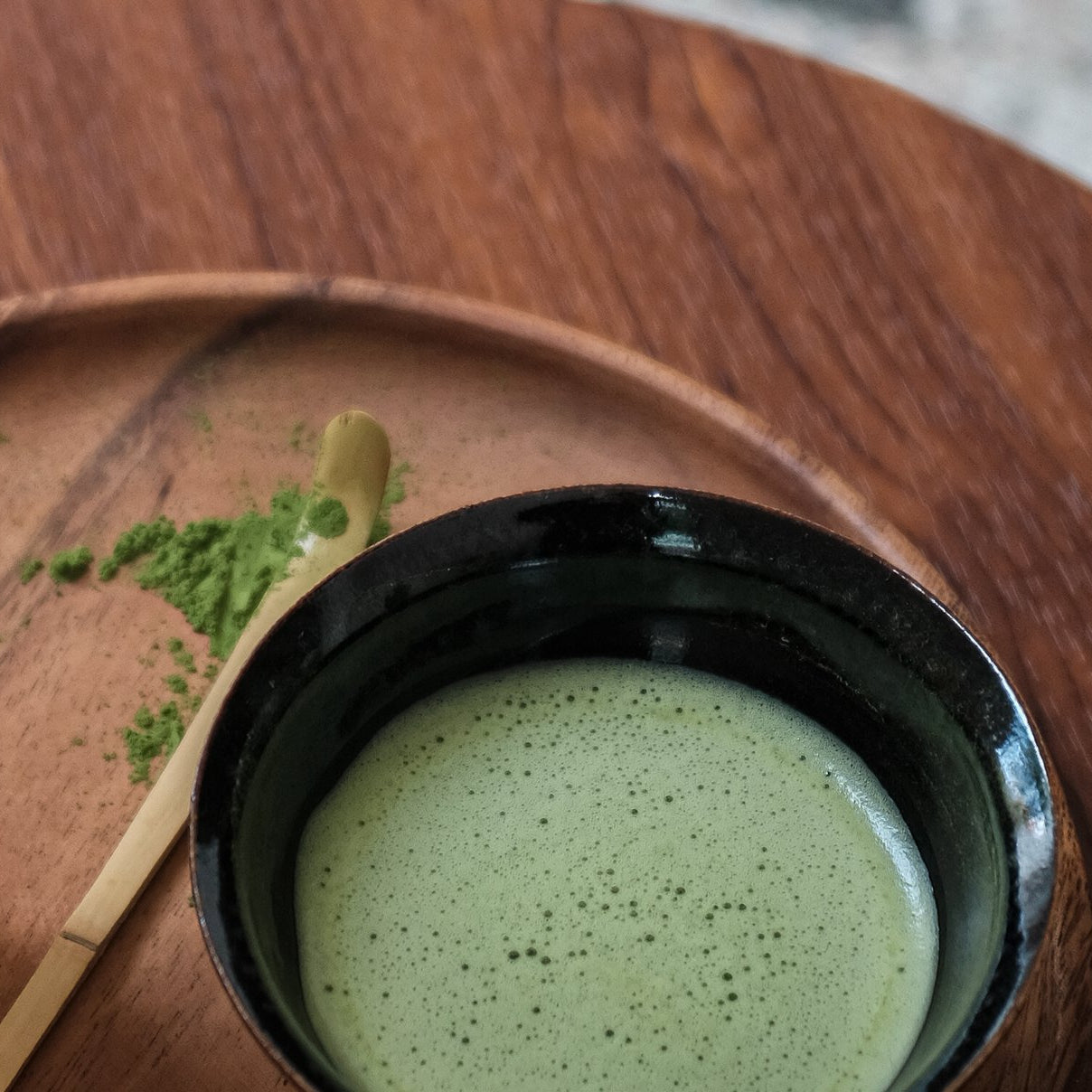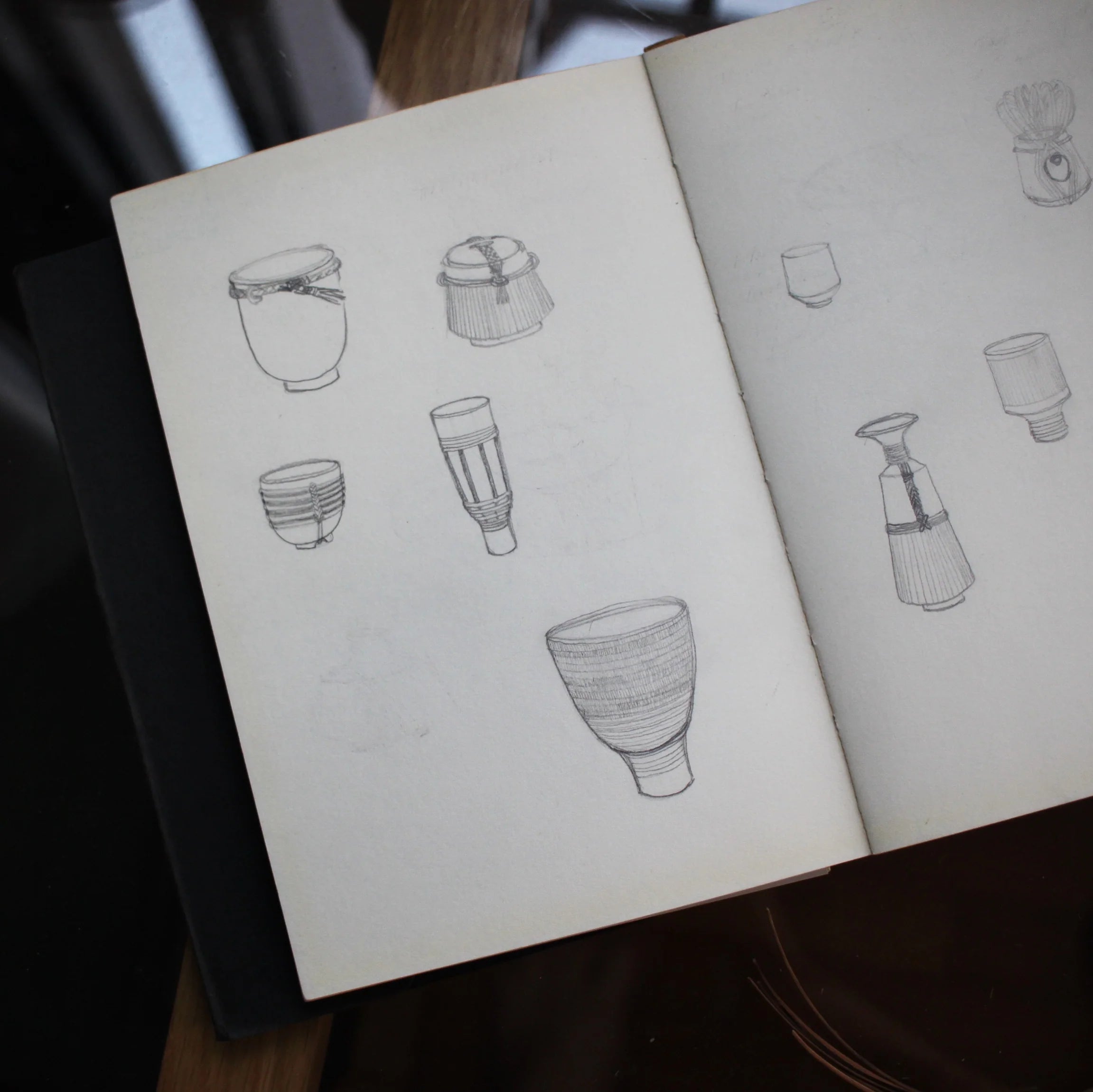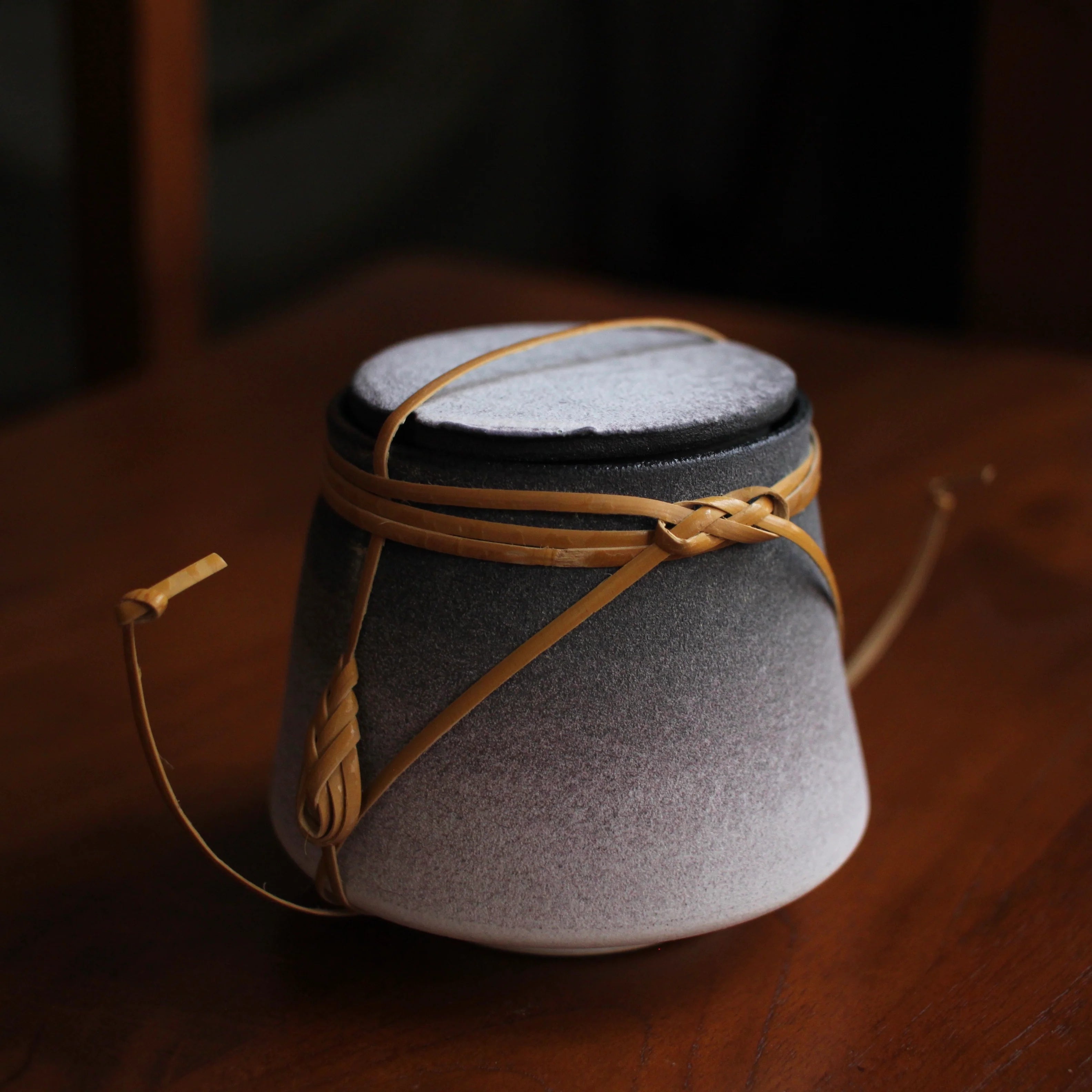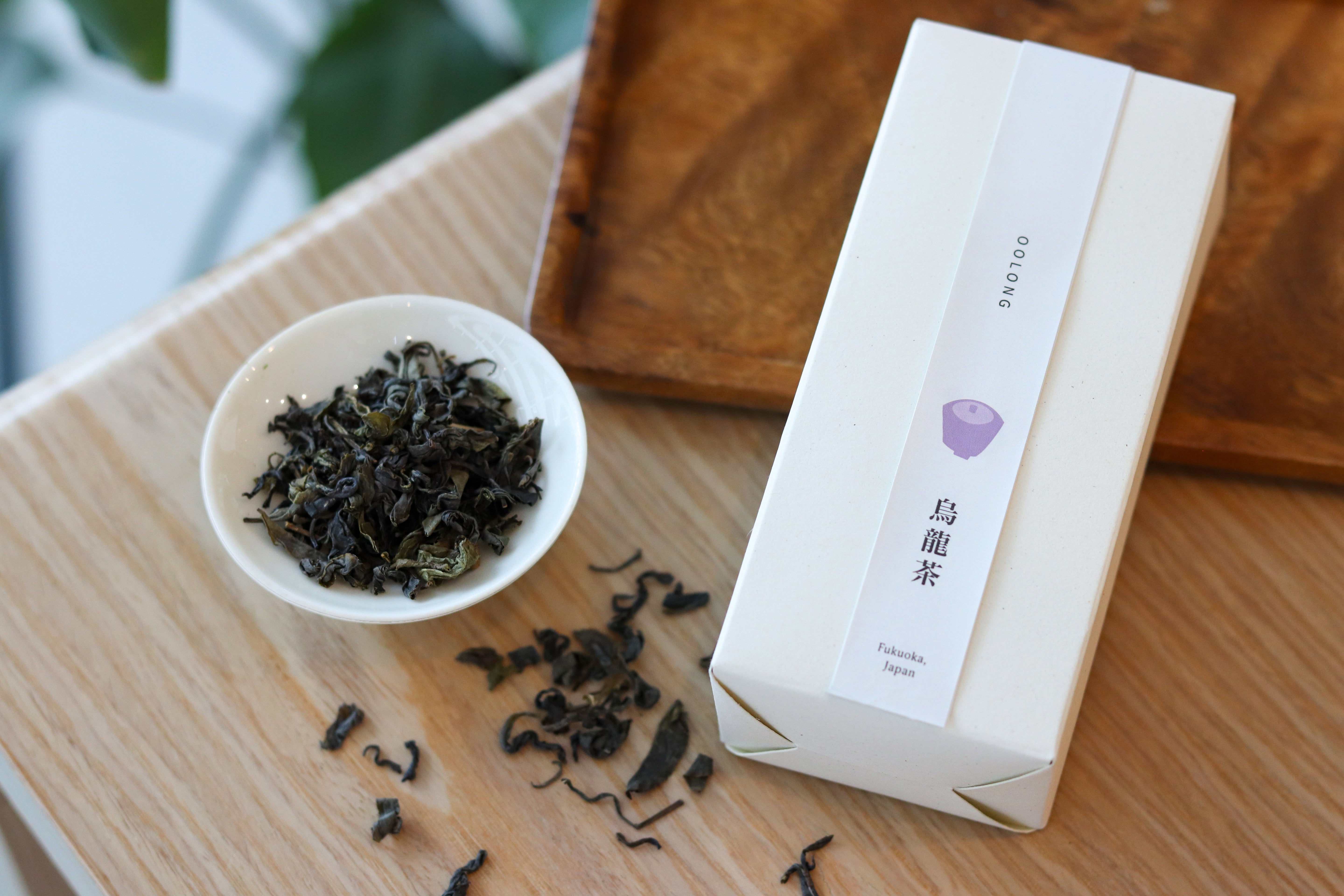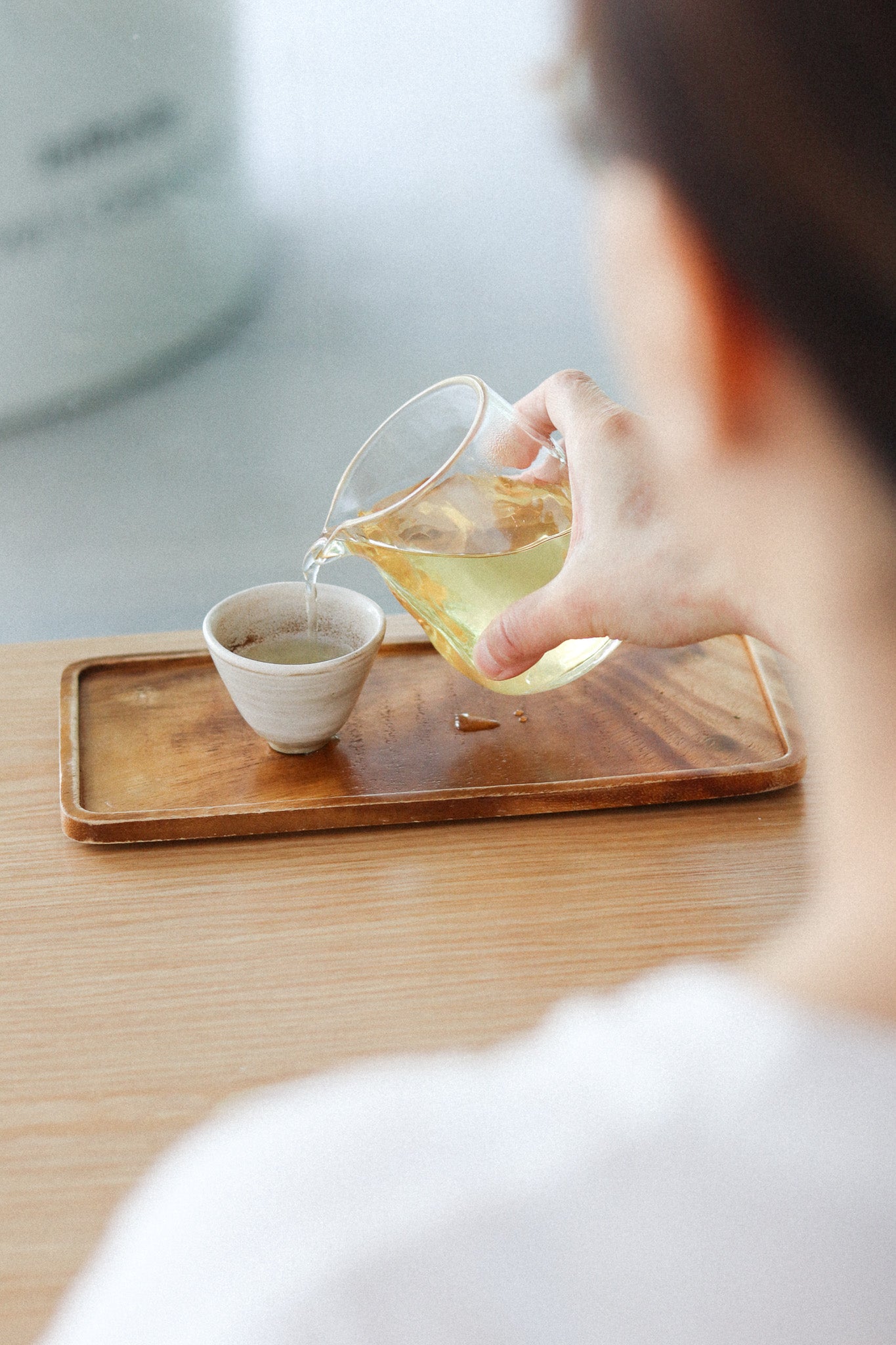WEAVING TOMORROW'S DISCIPLES
by Jasmine | January 31, 2020
From some angles, she mimics the disciples we see in kungfu films and apprenticeship documentaries. We learn from Si Ying, explorer and maker of many things rattan, that to be a disciple, one accepts discipline.
From some angles, she mimics the disciples we see in kungfu films and apprenticeship documentaries. The difference, however, is that hers is a rather delightful risk she takes, not necessitating any form of returns except for the grateful pursuit of a material.
Explorer and maker of many things rattan, graphic designer Si Ying, 27, is on a quest to elevate the status of rattan. Once a familiar and extremely useful material, rattan seems to have lost its appeal as the years go by. In a bid to revive rattan, she dedicated an entire year to the learning of it. Twice to thrice a week then, she made her way to Bukit Merah and into a quaint shop by Alexandra Road. Learning from husband-and-wife duo of Chun Mee Lee, a local traditional shop specializing in rattan furniture, Si Ying learns the painful craft of hand-prickling, detail-oriented and time-consuming rattan weaving.
In some ways, to be a disciple is to accept discipline. After graduation from the School of Art, Design and Media (ADM) specializing in Visual Communications, she ventured into this craft knowing clearly that it is for exploration purposes that she’s there. She took on the burden of financial risks and social criticism to dedicate a full year into that. In homeland, that is admirable.
WHY RATTAN?
It is that same year that cemented her passion and decision to continue on. Rattan, for the shop owners, meant a livelihood. Having spent up-close, personal time with Mr. and Mrs. Zeng, she saw how the couple devoted their life to this traditional skill. But more than that, she saw that there was a lot of misconceptions and ignorance about the material itself. The couple shared, in an interview with the Straits Times, how business hasn’t been doing well over the years. In the past, homes could accommodate larger furniture, thereby allowing rattan homewares to be popular. But with the shift to smaller housing units, many households now opt for other alternatives.
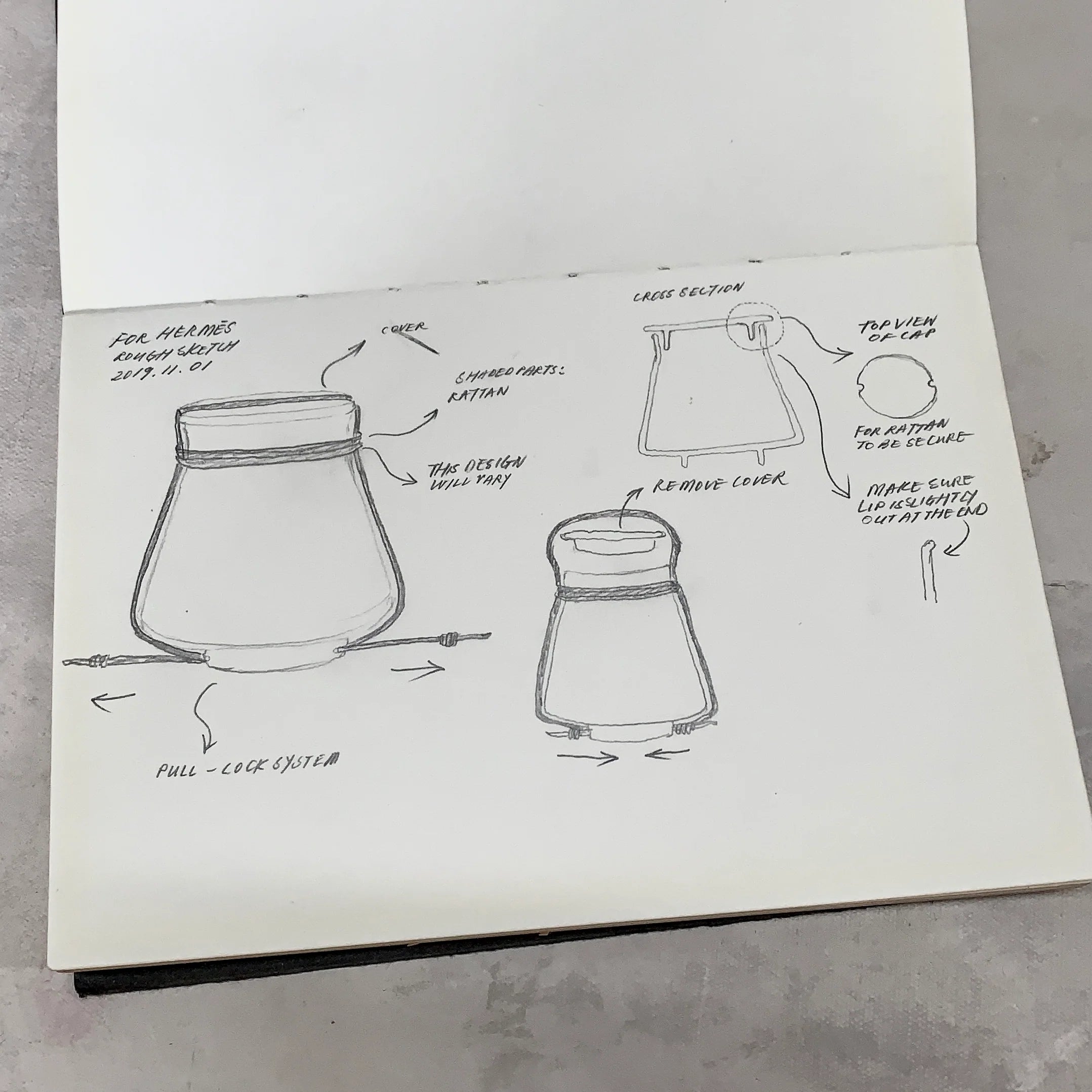
She believes that like bamboo, rattan has the potential to be known and used. In fact, rattan exists so commonly in Southeast Asia she finds it a pity to let it be deemed as ‘third-world’.
So, she hopes to re-spark people’s curiosity for the material. What is weaved out of these thoughts is RATTAN 100, Si Ying’s personal journey to make rattan both functional and aesthetic. Started as a passion-fueled project, she wants to see how far she can exhaust this material and push its boundaries. She believes that like bamboo, rattan has the potential to be known and used. In fact, rattan exists so commonly in Southeast Asia she finds it a pity to let it be deemed as ‘third-world’.
‘If the Japanese can elevate the status of bamboo till what it is today, the rattan can be the Asian bamboo,’ she says.
‘If the Japanese can elevate the status of bamboo till what it is today, the rattan can be the Asian bamboo,’ she says.
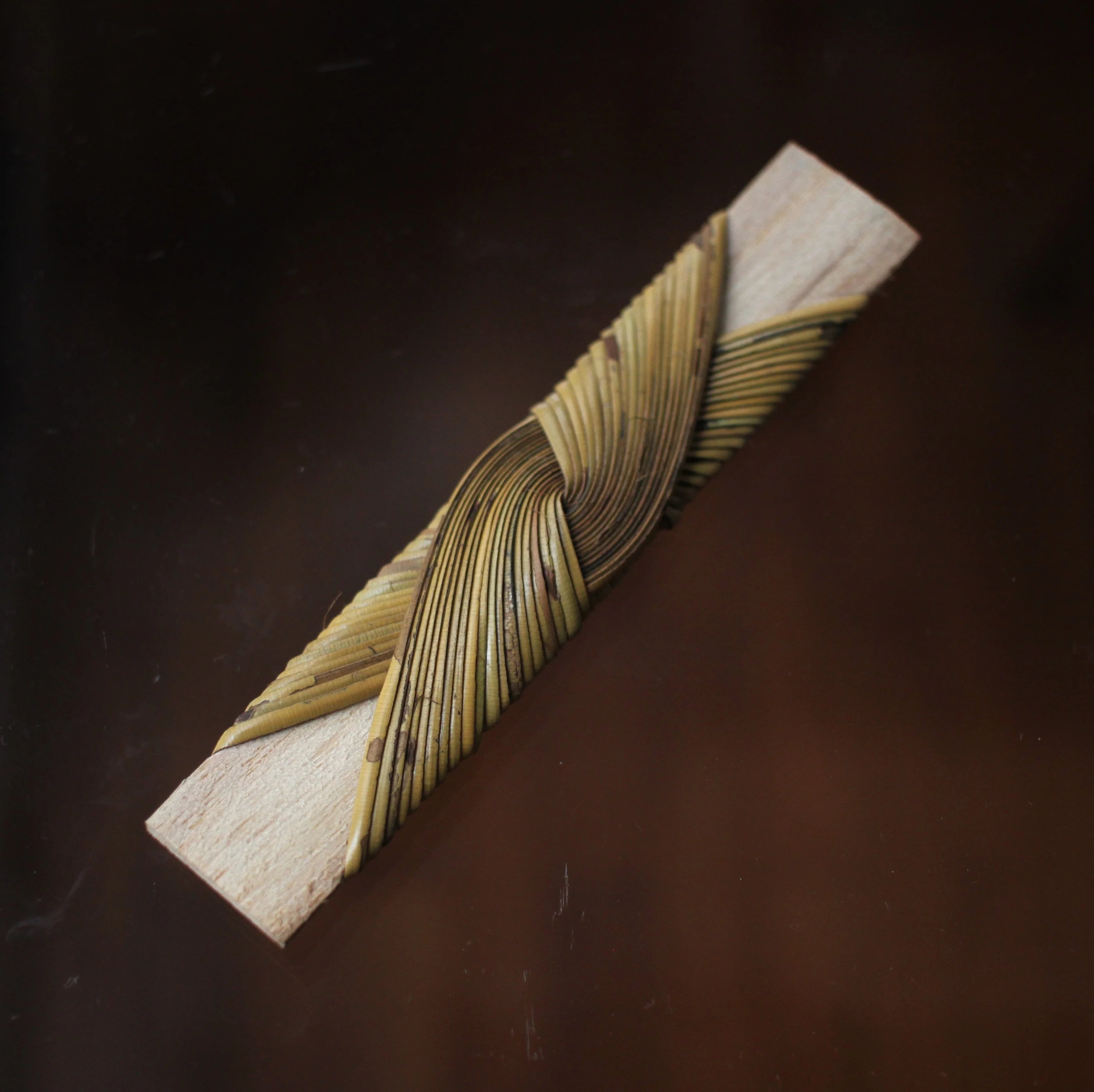
007/100: Rattan as Wraps
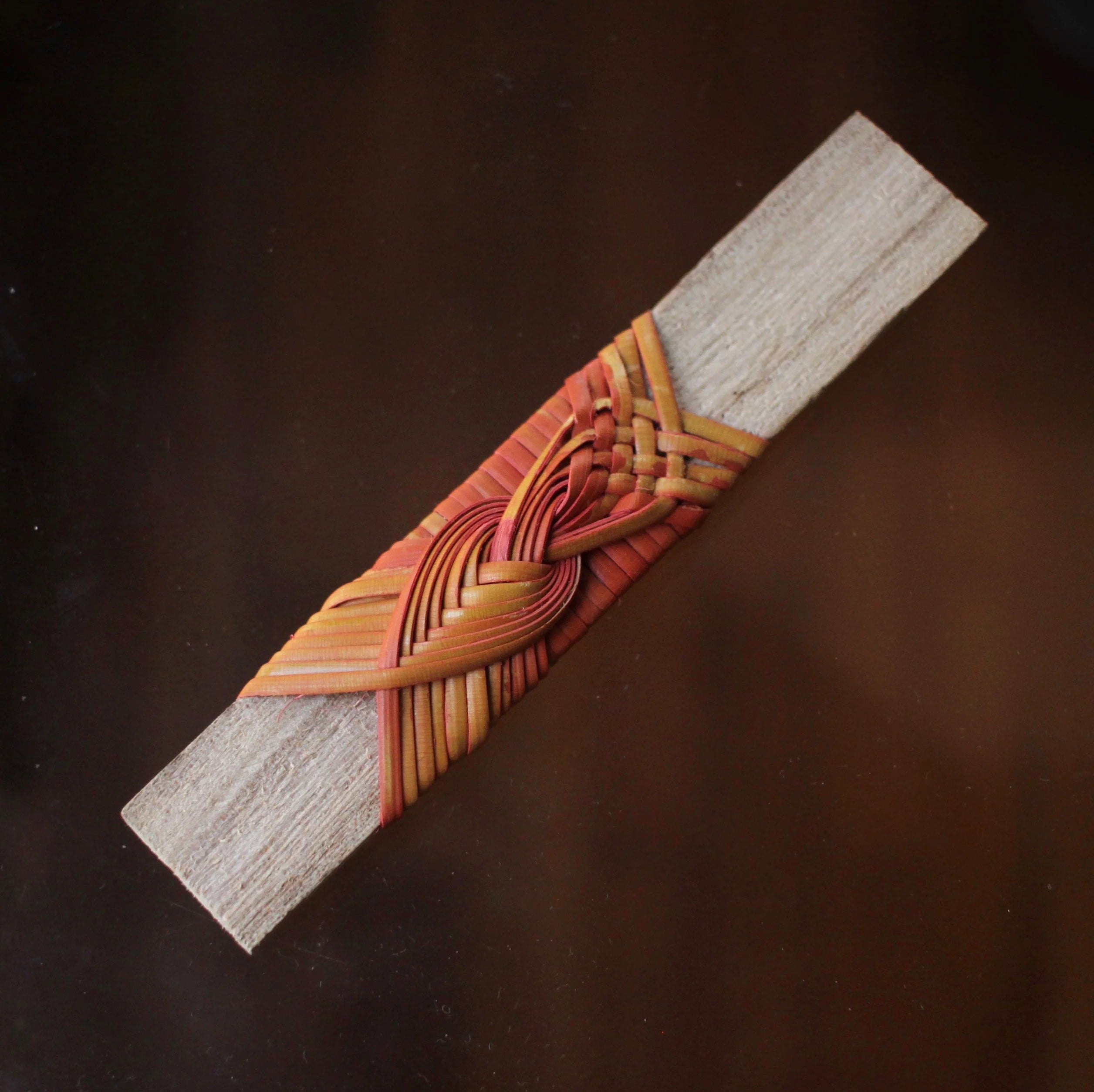
015/100: Rattan as Wraps
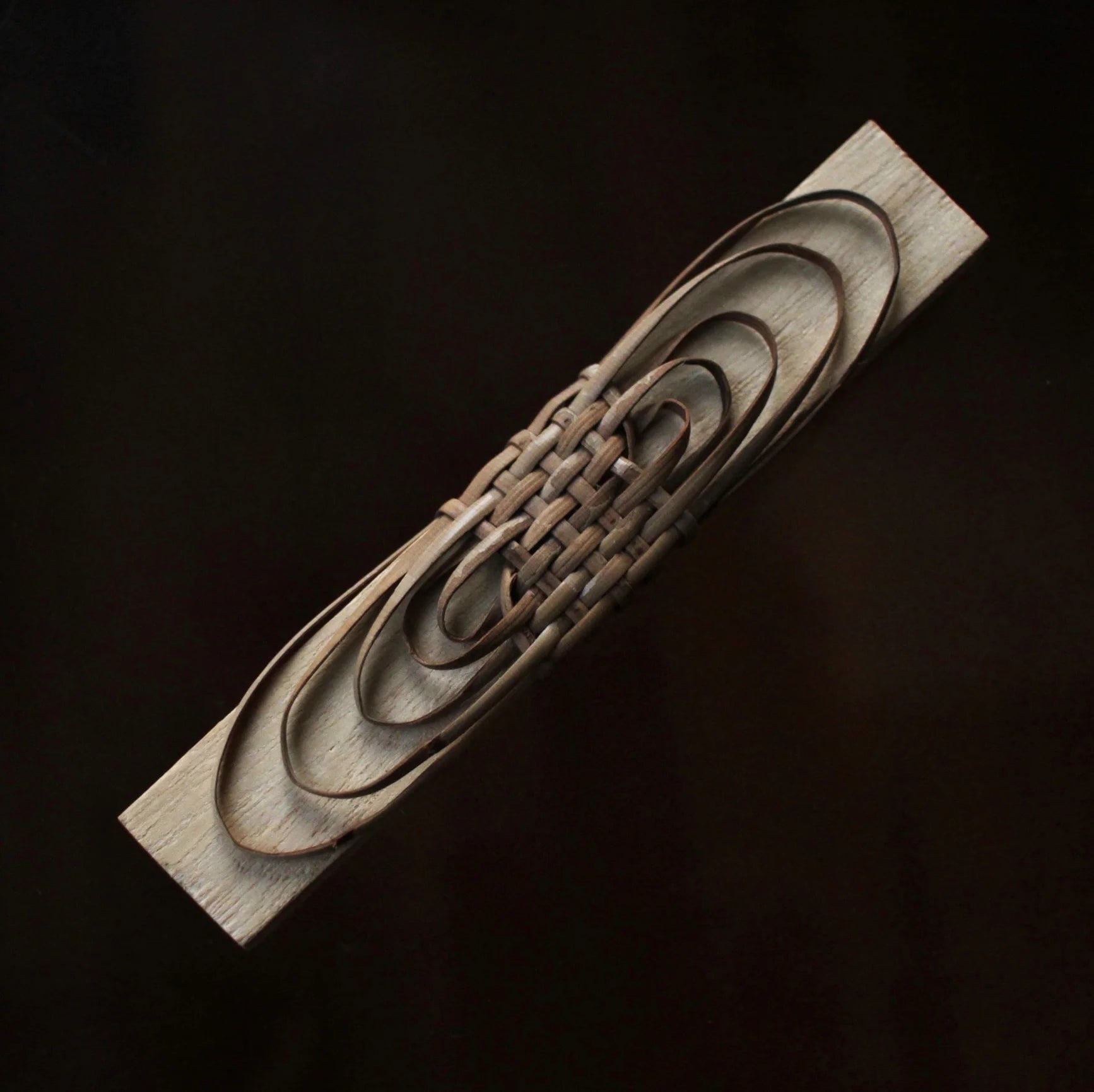
043/100: Rattan as Wraps
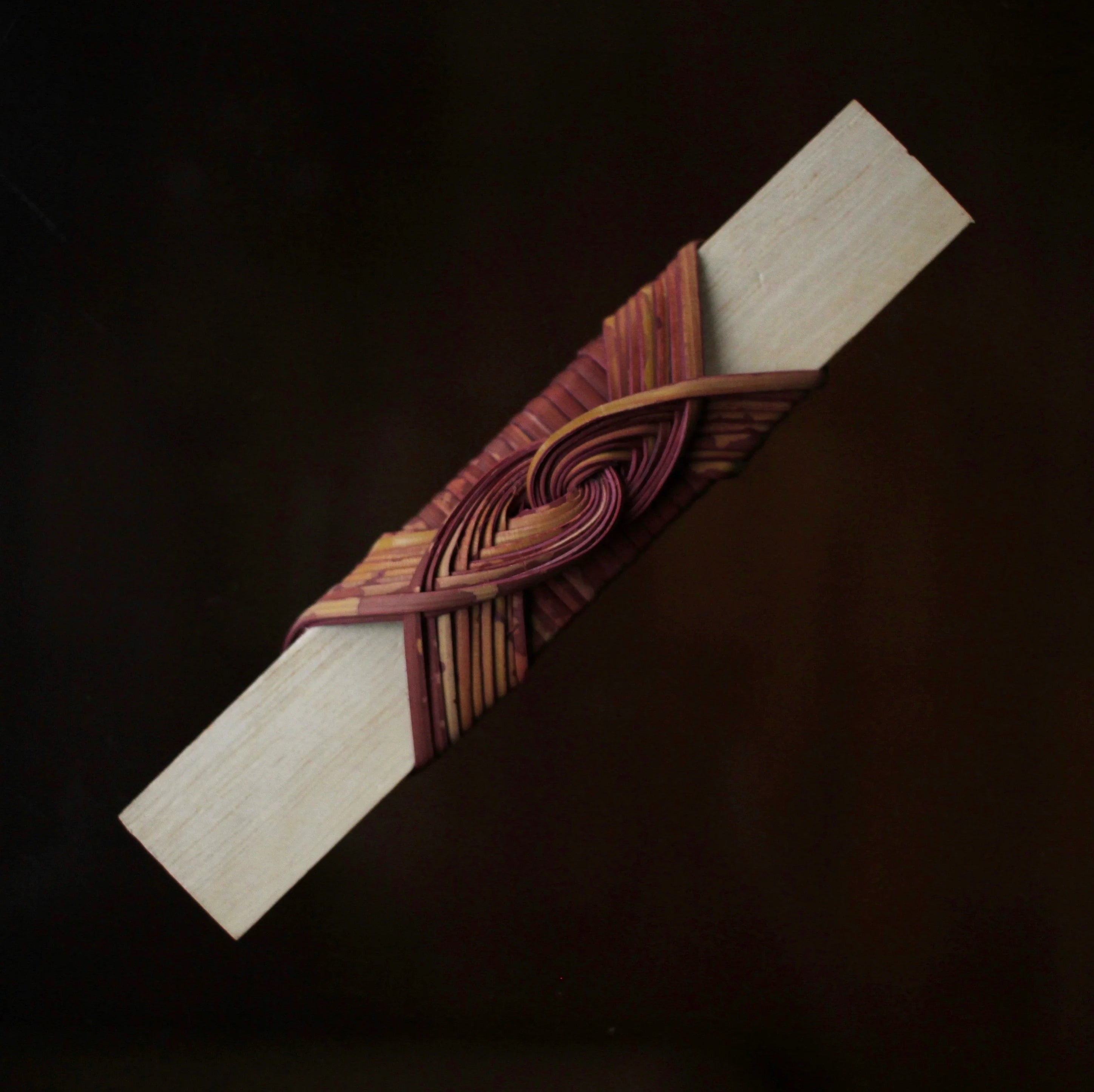
044/100: Rattan as Wraps
RATTAN 100 AND MORE
RATTAN 100, the brainchild and personal project of Si Ying, is a research quest to uncover the possibilities of rattan. Her first project revolves around exploring rattan as a wrapping material, where she would experiment it on wooden boards, tea cups, pot handles, among others. She intends to make a total of 100 rattan wraps, therefore the numerical value of a hundred. She gets her thrill when she sees how functionality works in the mind, and in reality, too.
Two years into researching rattan, Si Ying feels inadequate in passing on the skill. She politely declines any opportunities to teach rattan-weaving and insists, ‘Sometimes I feel like I don’t know it enough.’
Quick to say that the works are for research purposes and not for commercial gain, she has saw firsthand how so much was and could be done through rattan. The learning curve of a new material is steep, and there are no ‘mentors’ in the Southeast Asia region that she knows of. Still, she is expectant to dive deeper into the properties and functions that rattan possesses. Along the way, some friends and family members do not quite understand her hobby. ‘I think only my academia and design-trained friends get it, but the rest, not quite,’ she muses.
Research may never tell us the full story, but it gives us a glimpse of the infinite possibilities to this seemingly ordinary material.
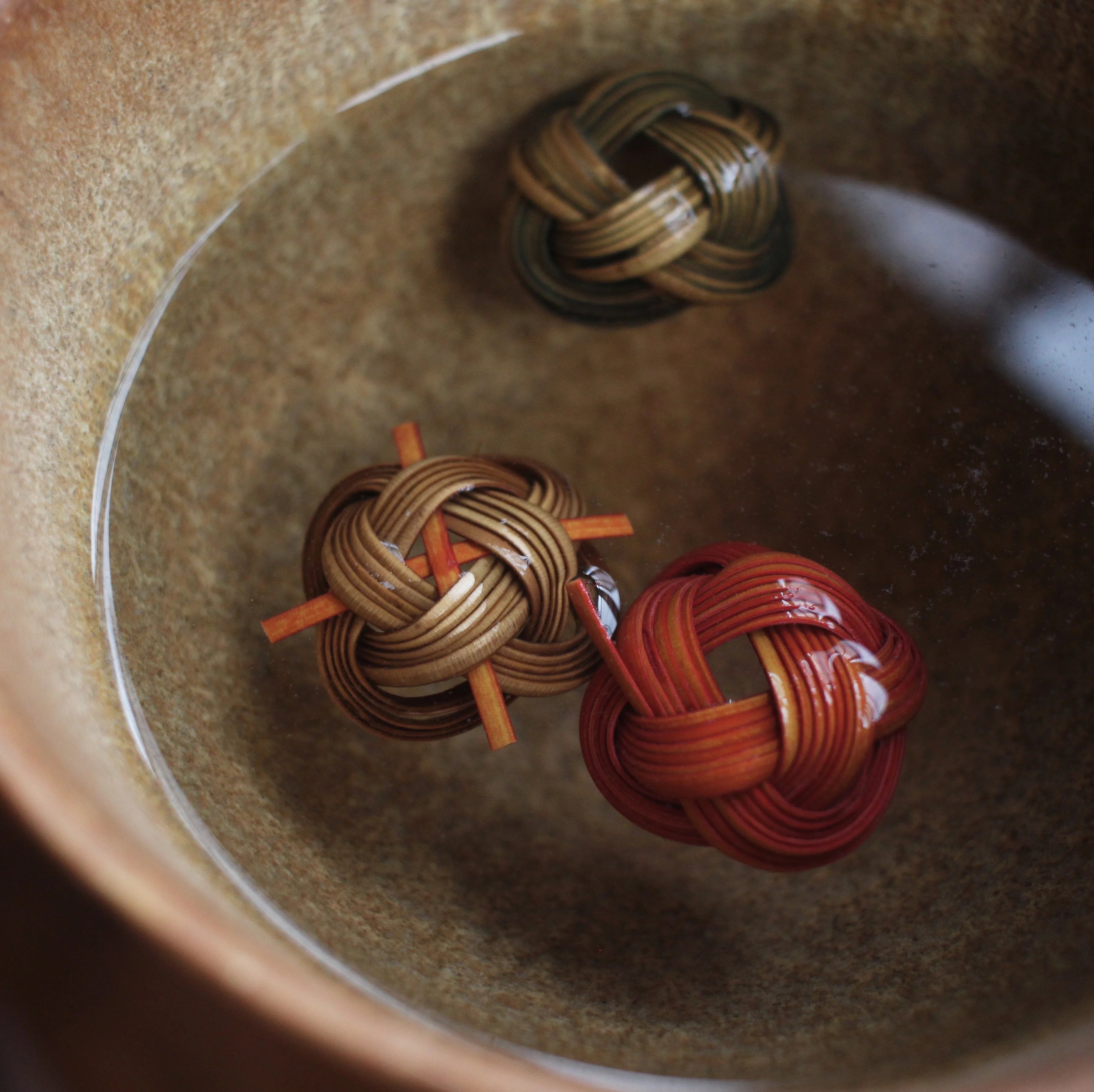
After RATTAN 100, she has dreams to carry on her research works into other categories, such as rattan as textiles or stand-alone items, although nothing is set in stone yet. Till date, she spends her weekends crafting and weaving, brainstorming and designing, sometimes accepting a commissioned project and other times remaining in her world of exploration. Anywhere from half an hour to a few days, she can easily enter the mode of craft.
Because for Si Ying, crafting is possibly like painting was for Picasso; a pleasure, a habit, a need. Research may never tell us the full story, but it gives us a glimpse of the infinite possibilities to this seemingly ordinary material.

